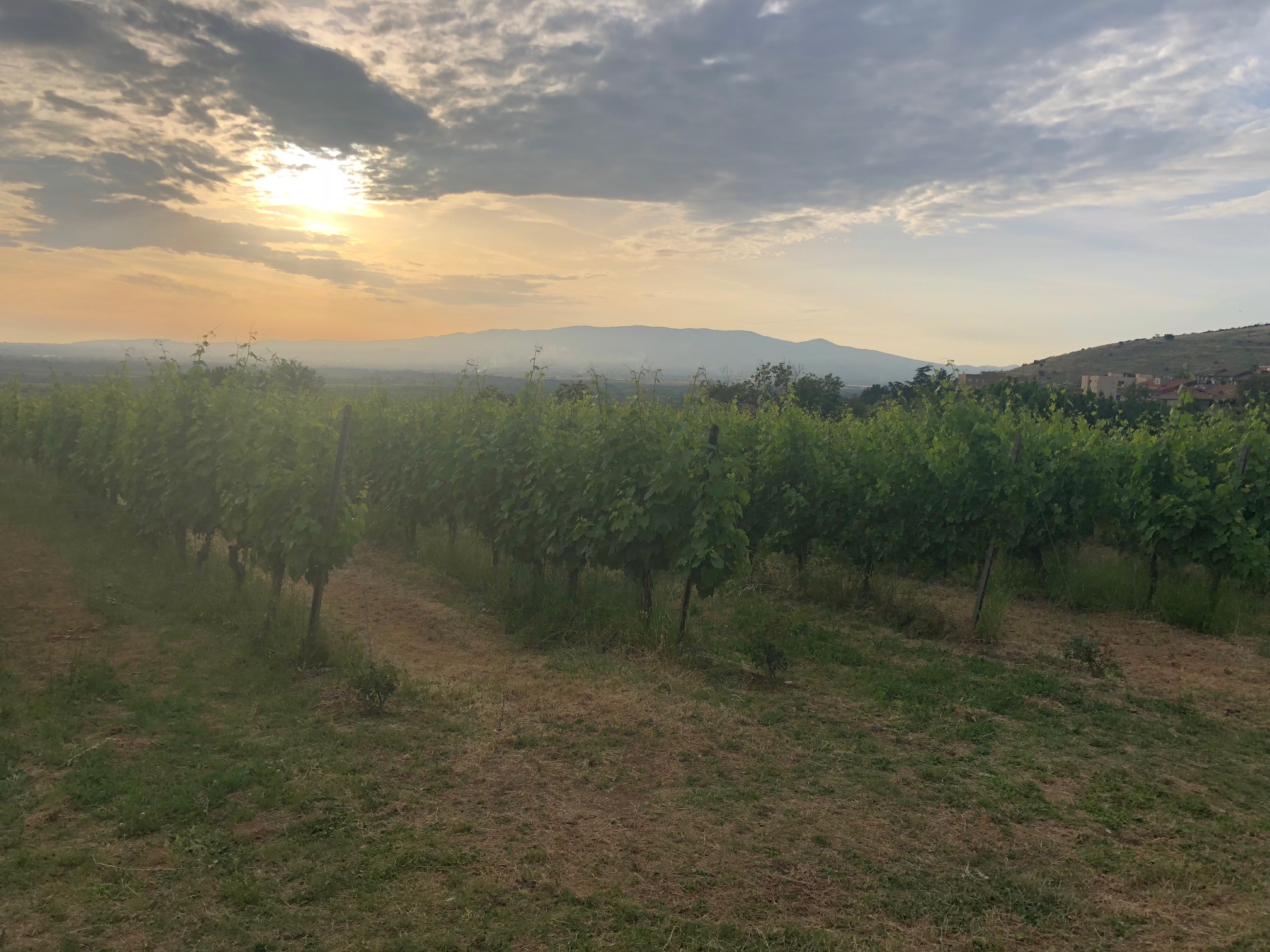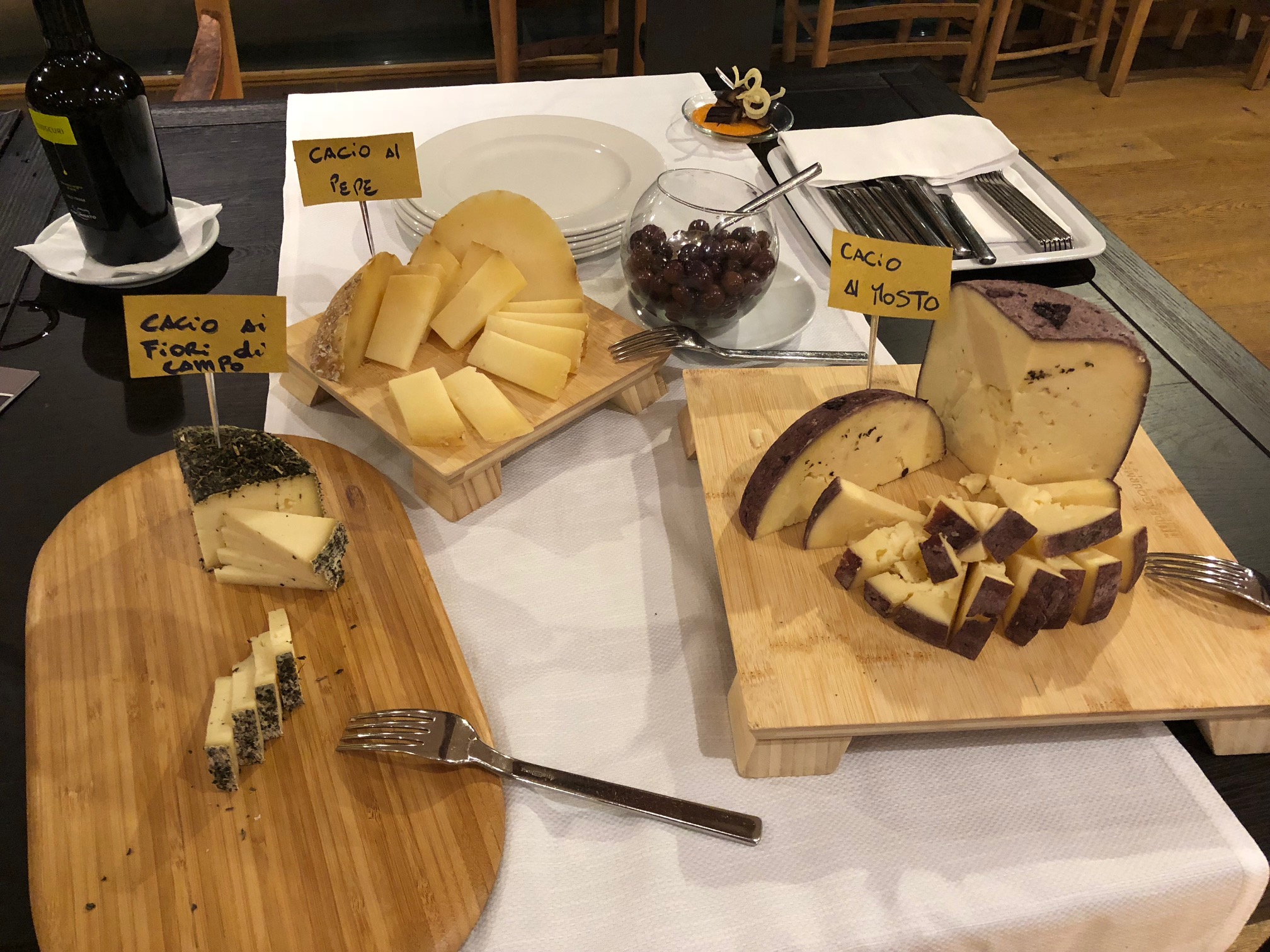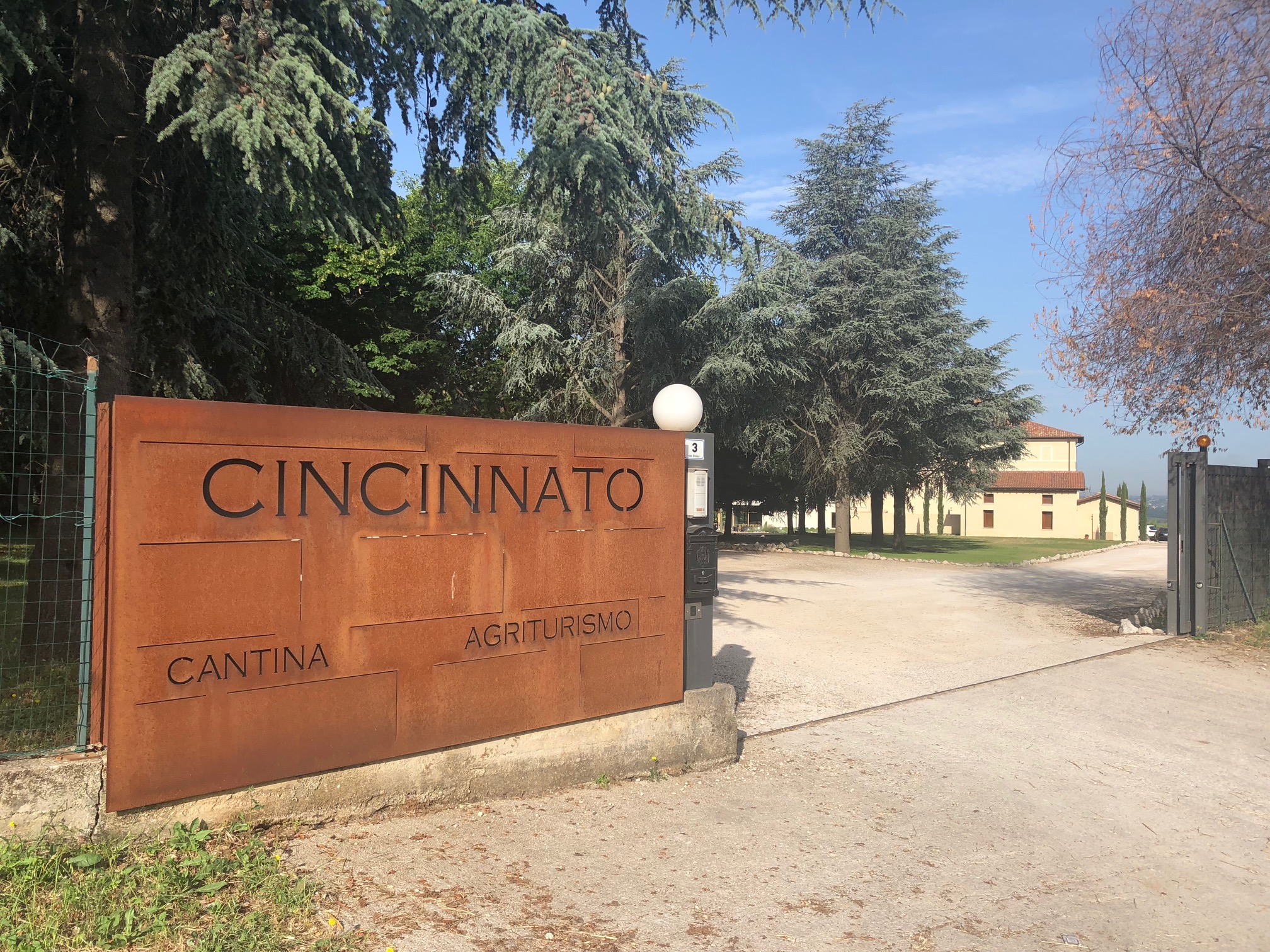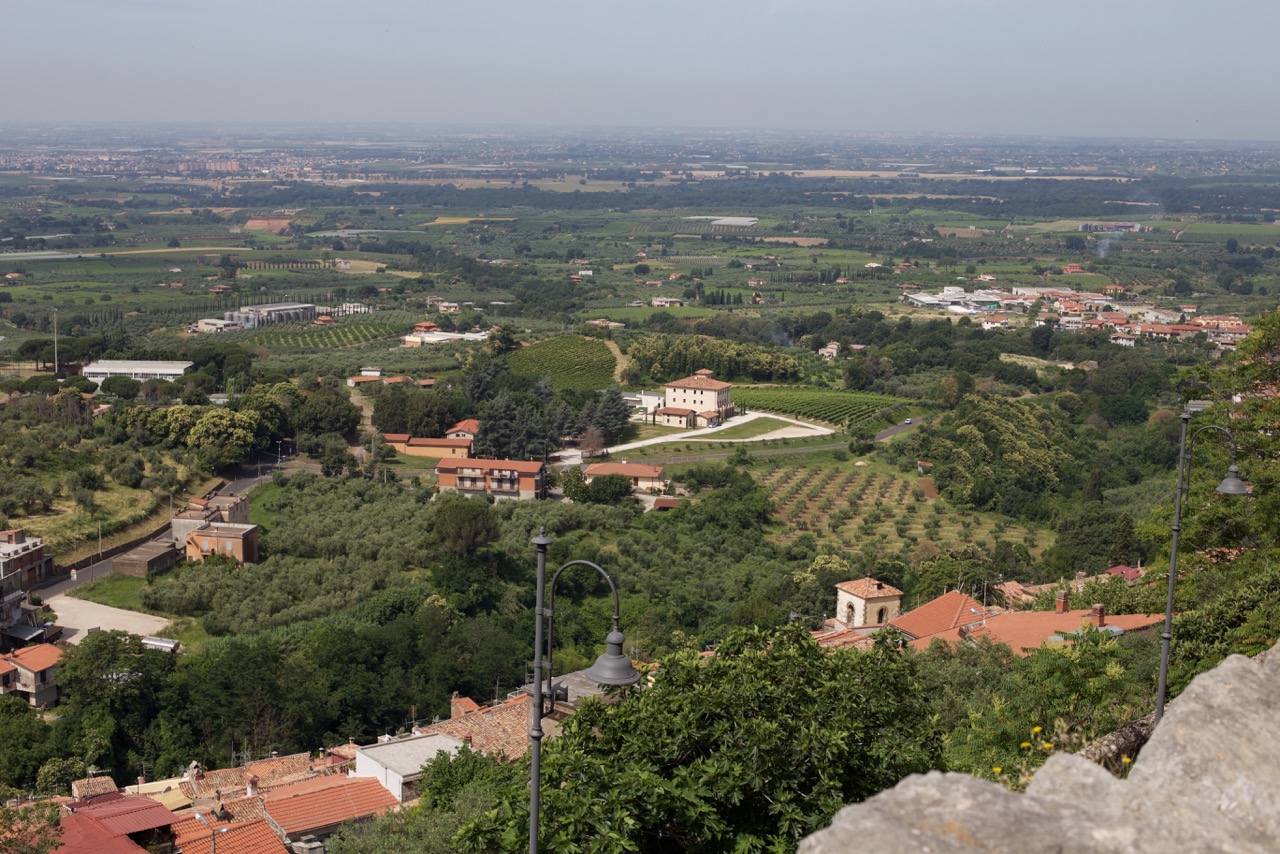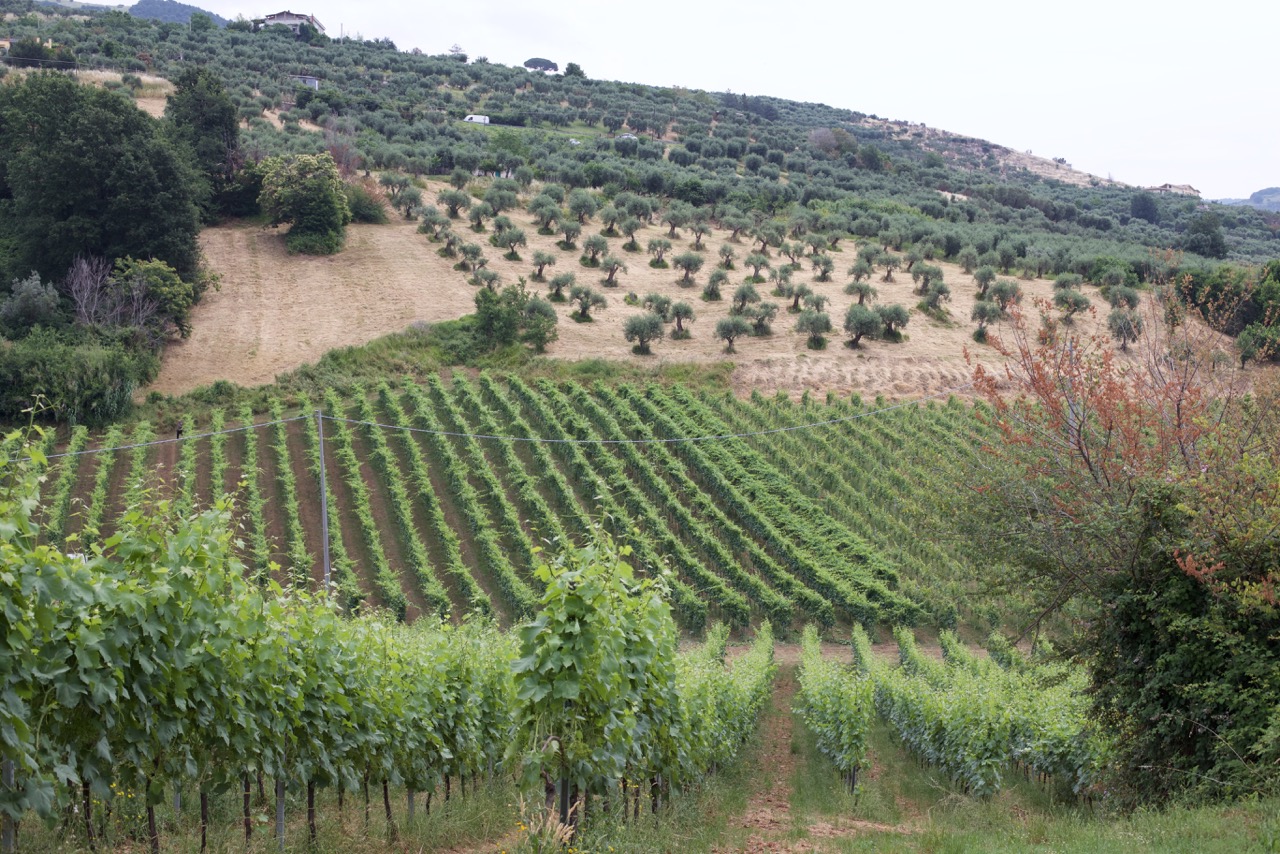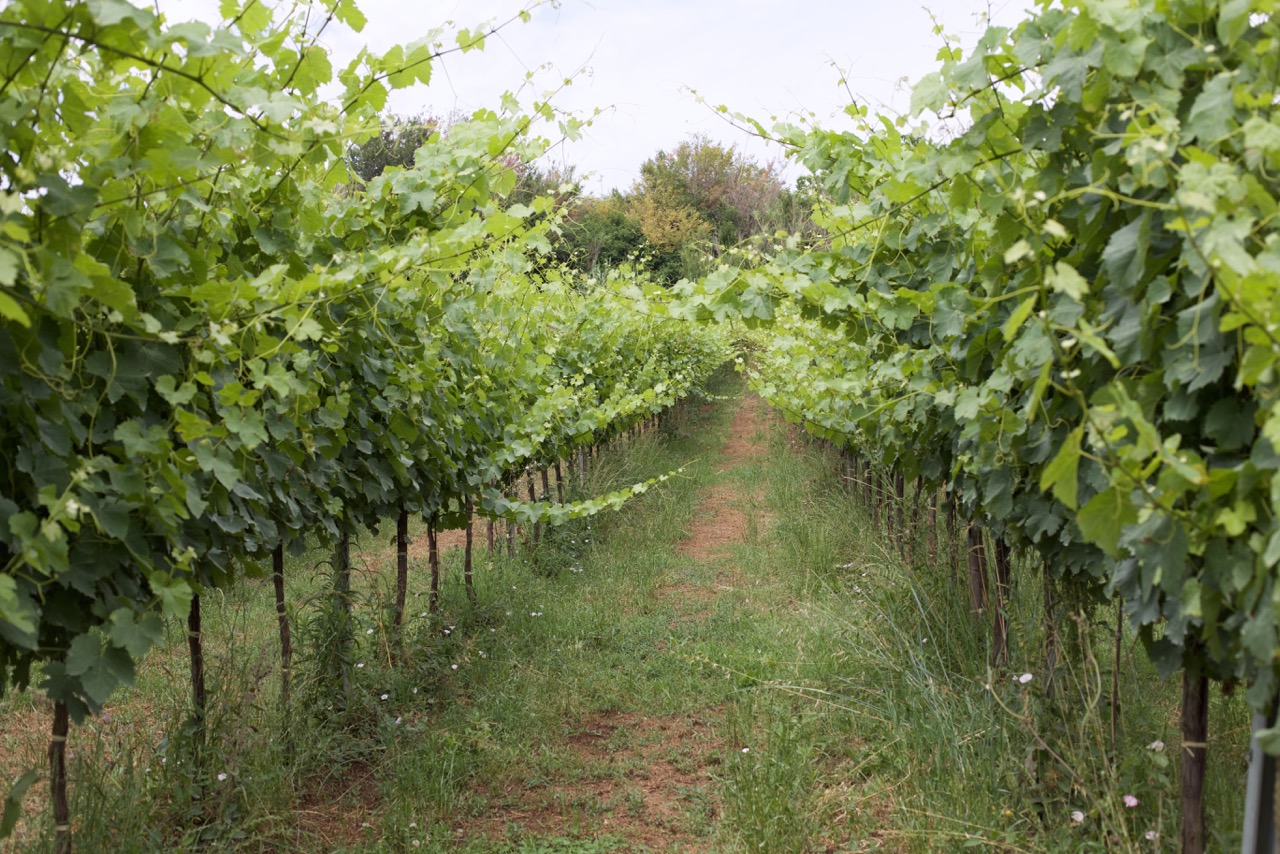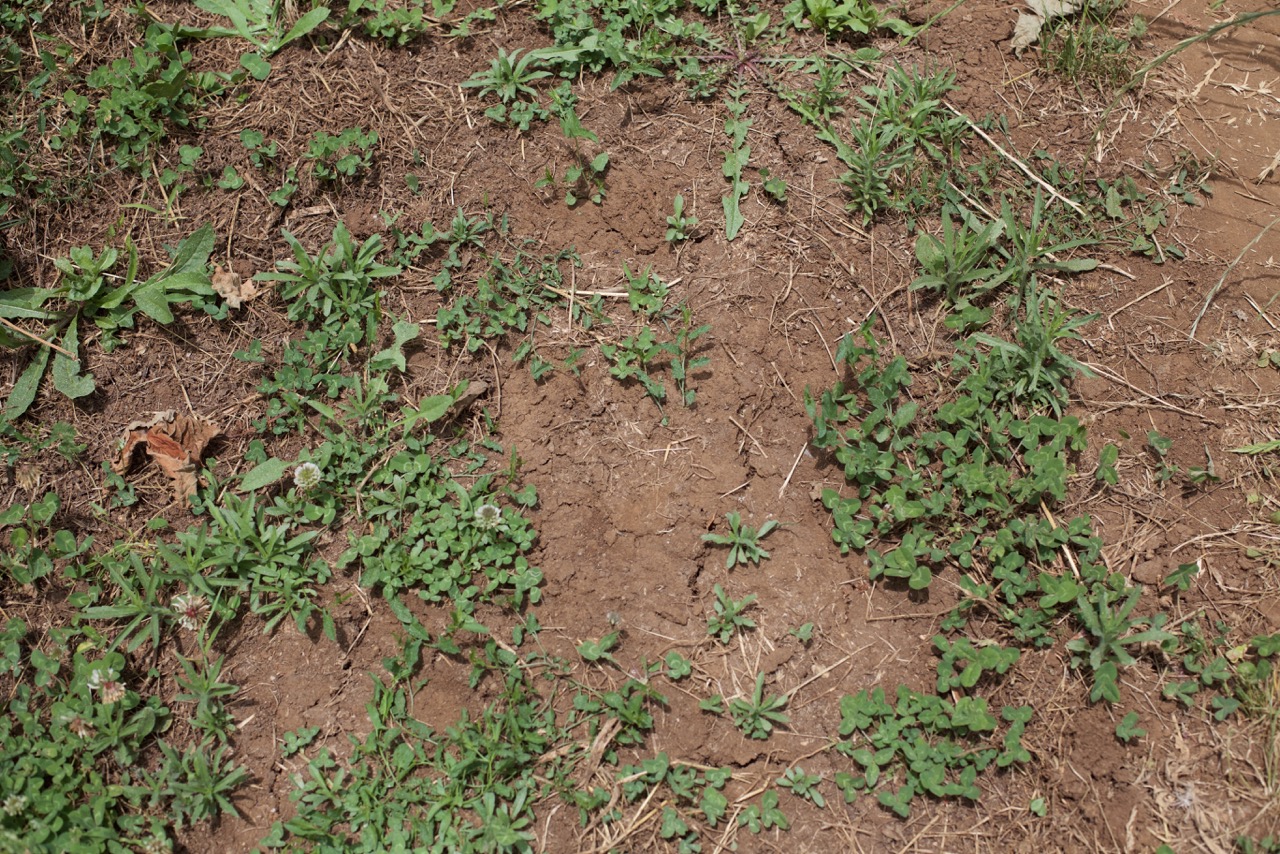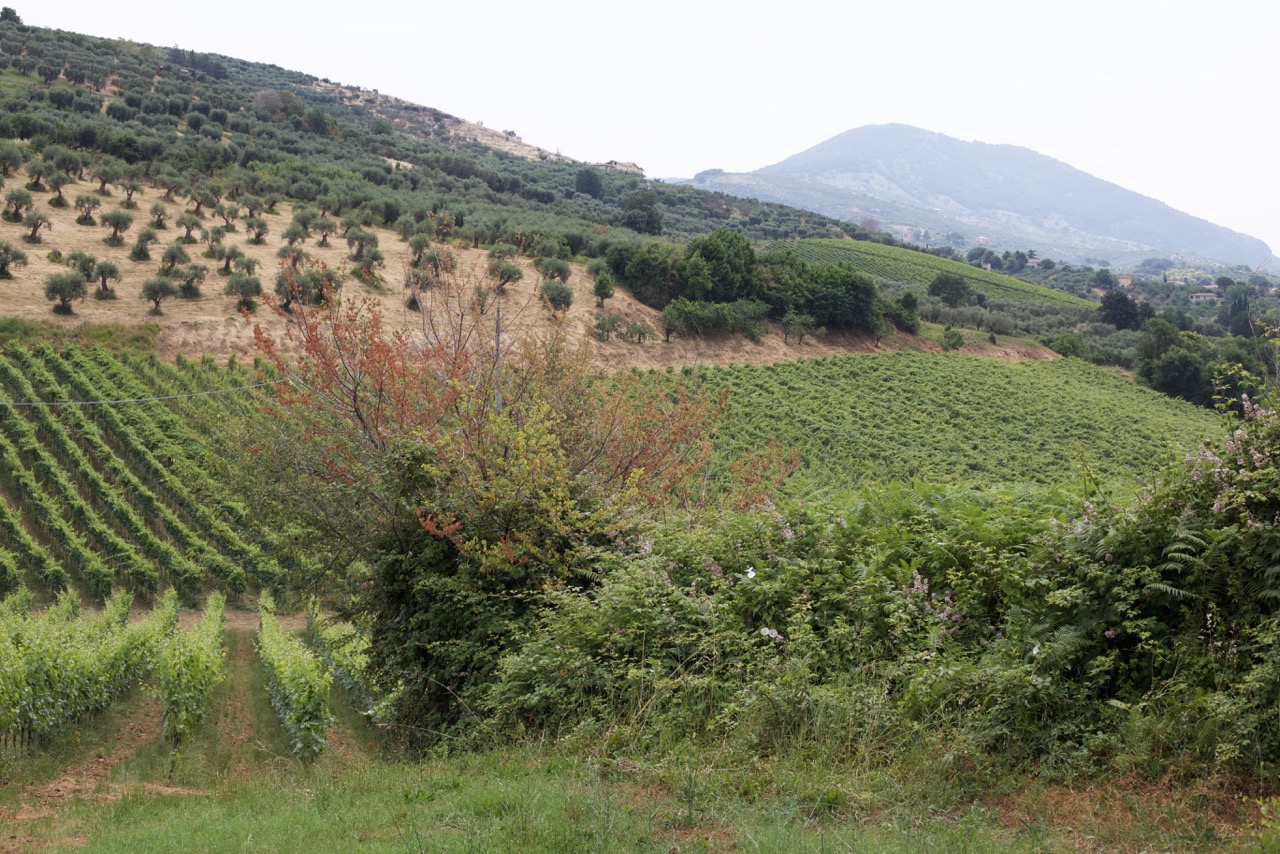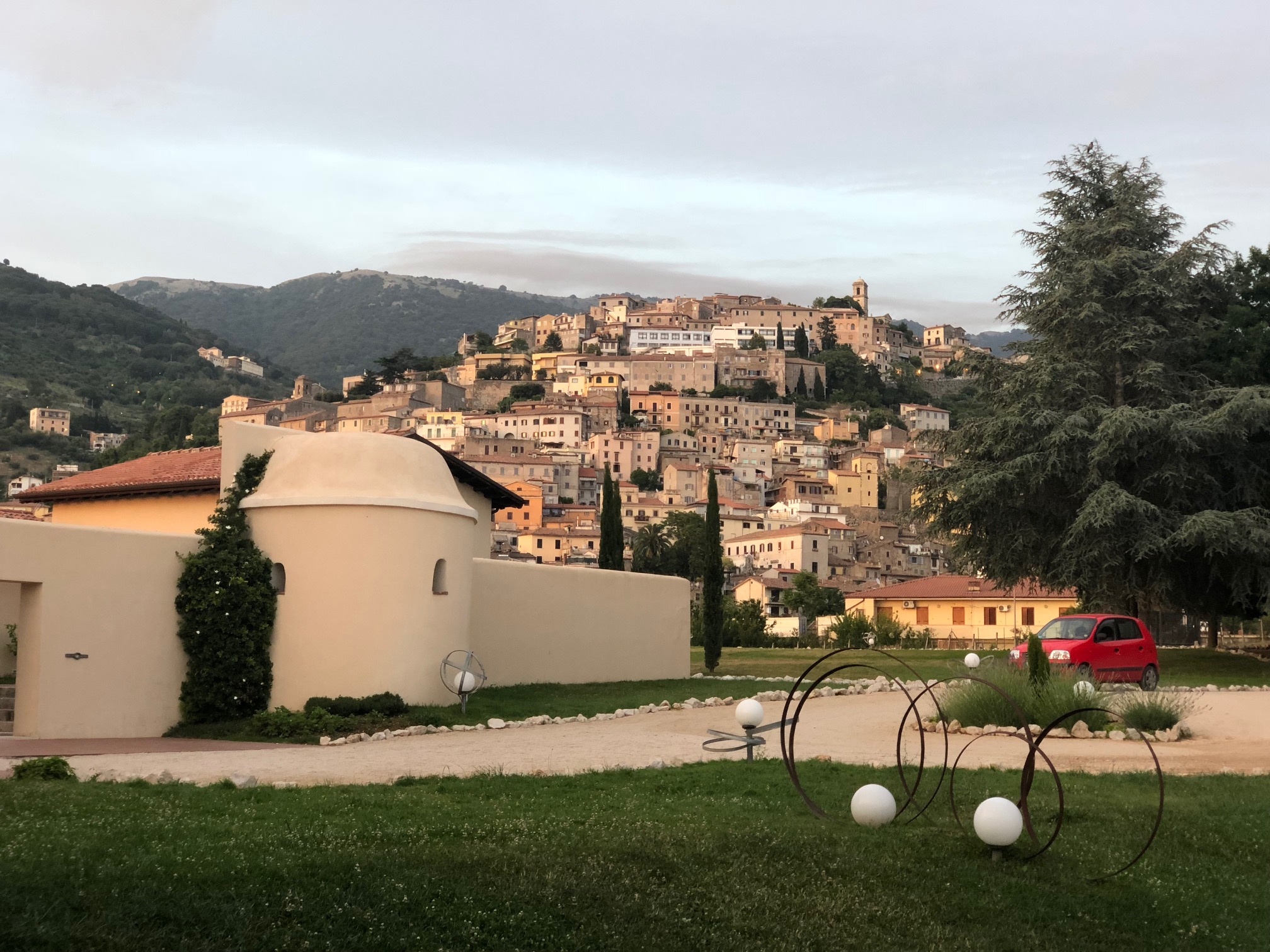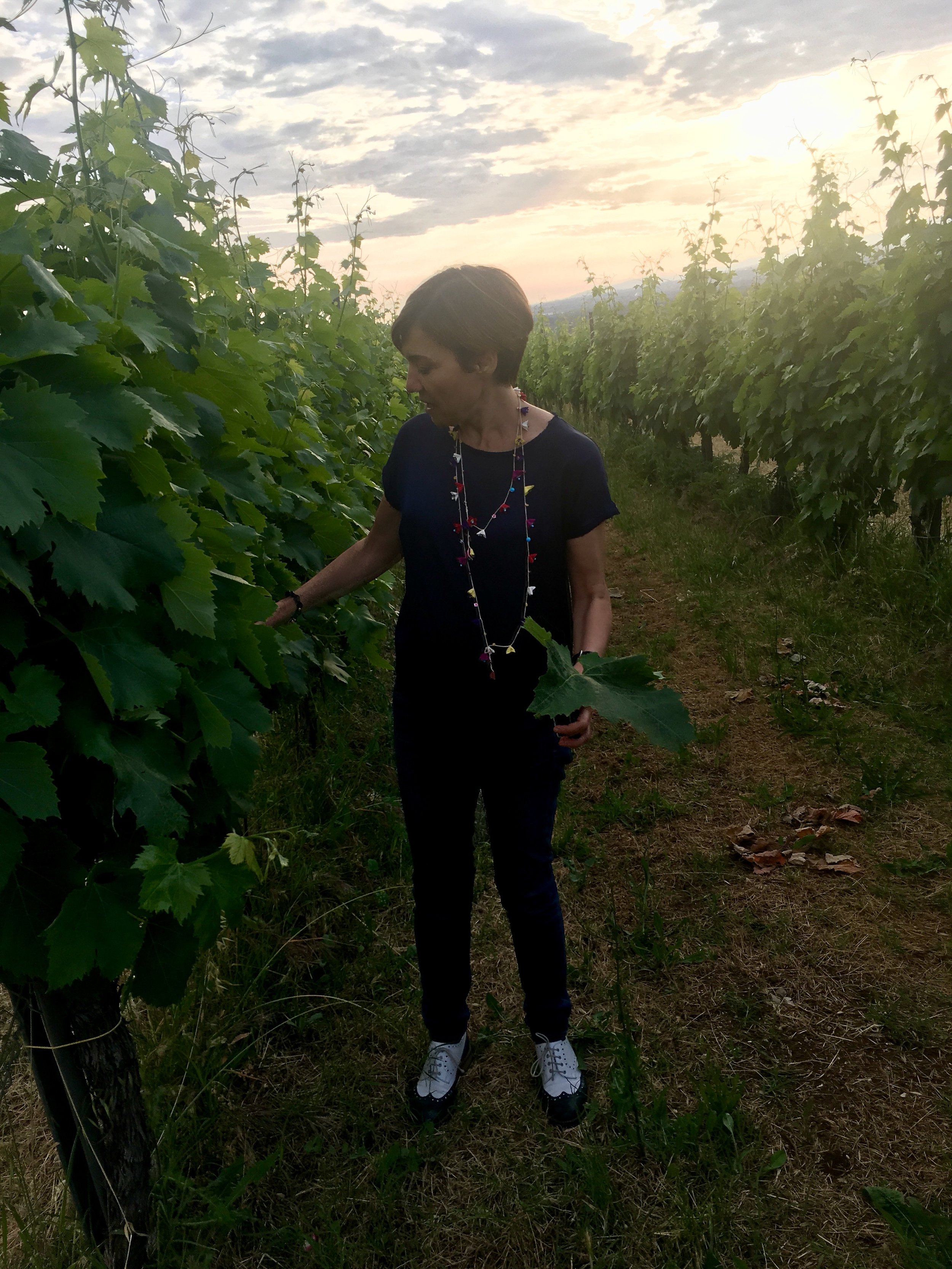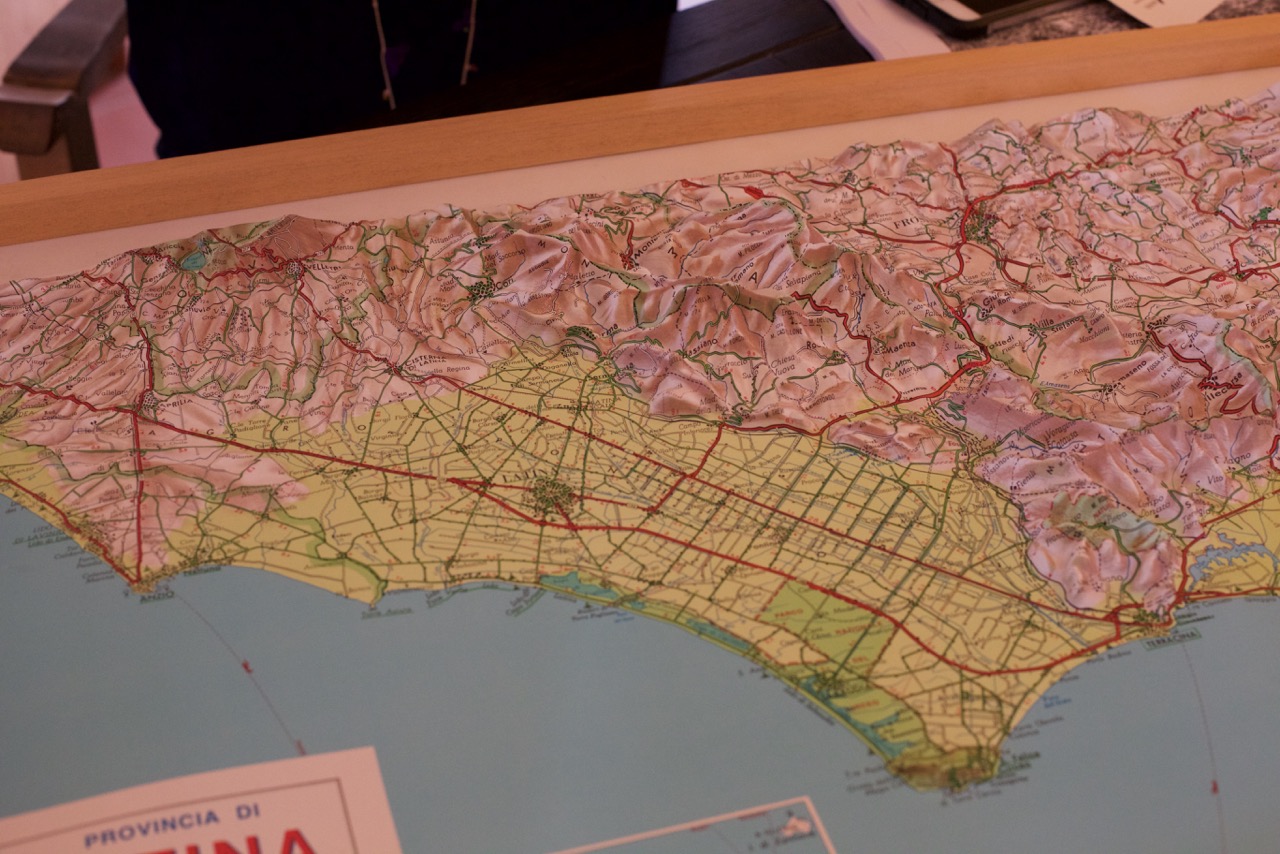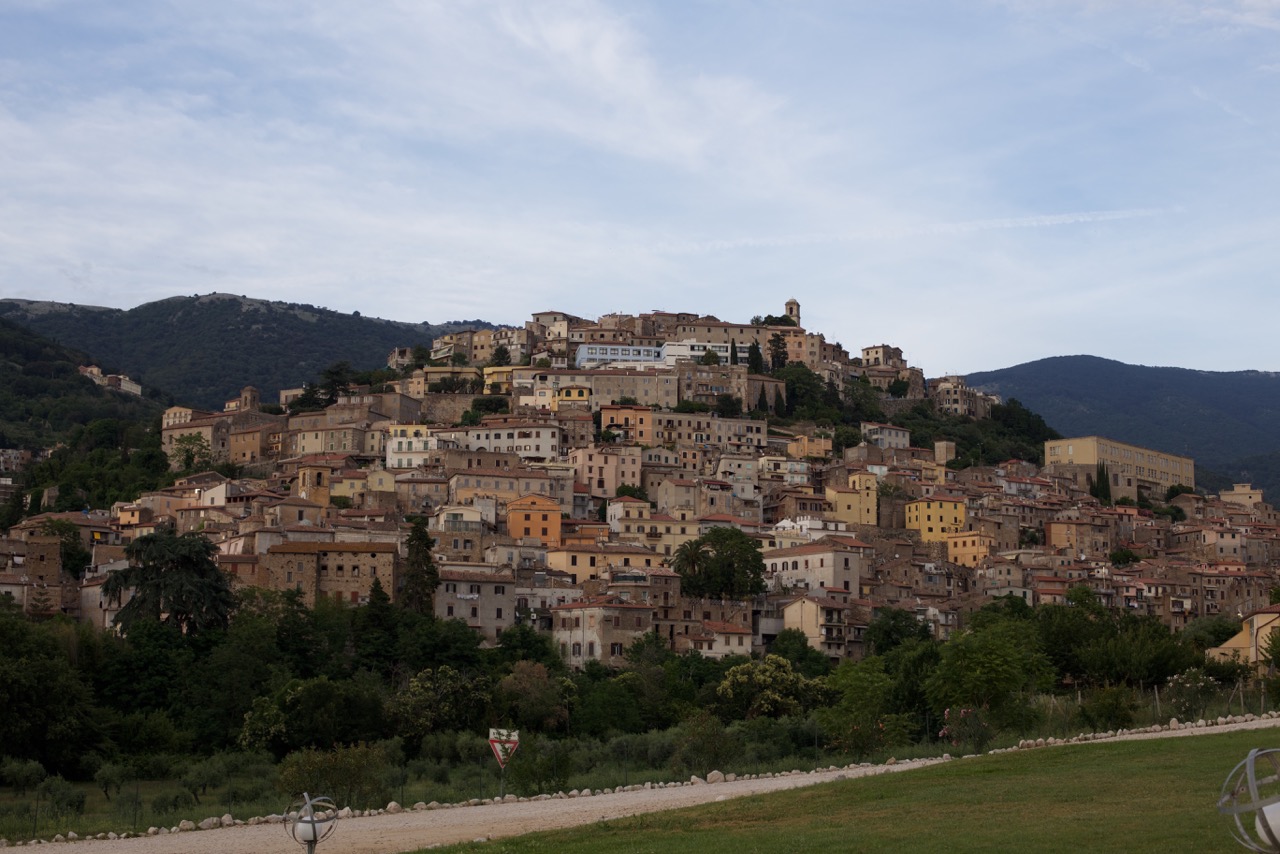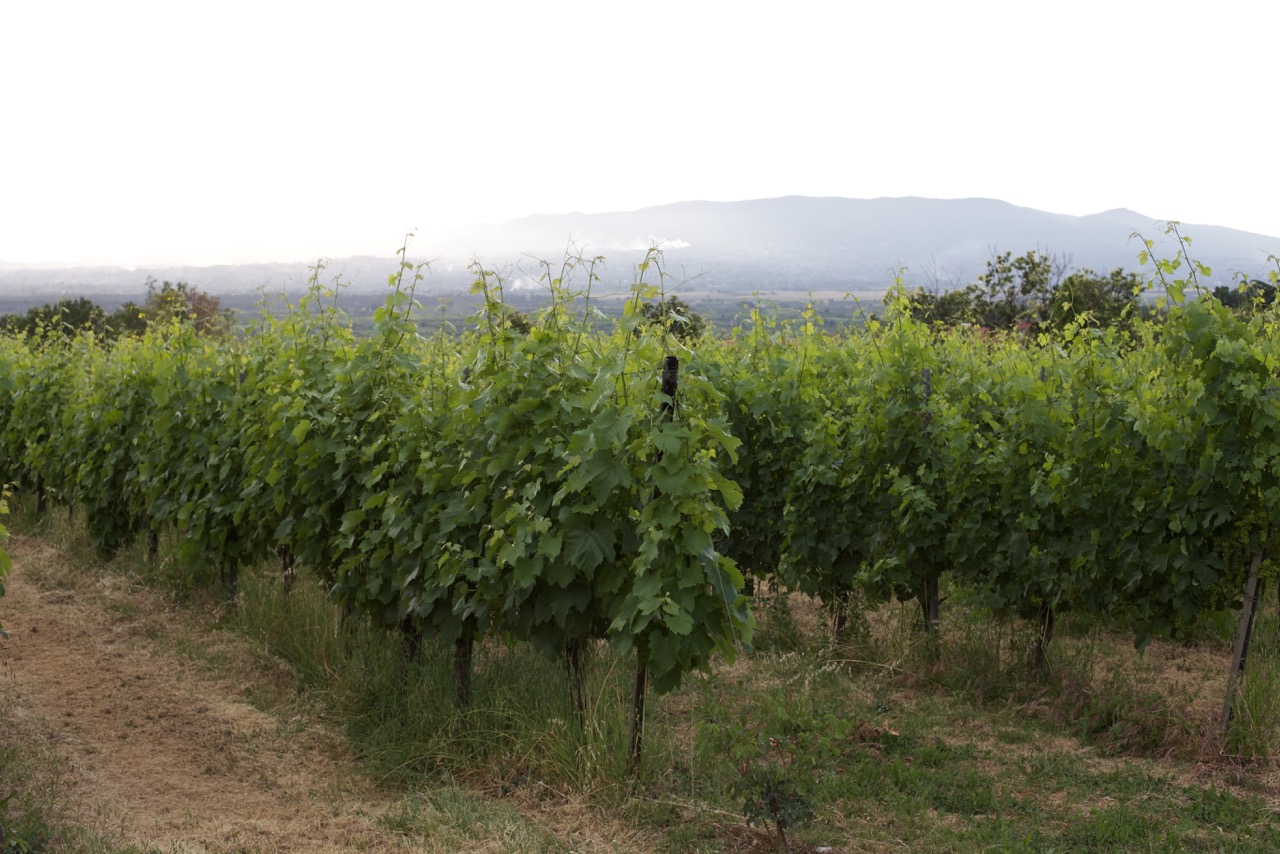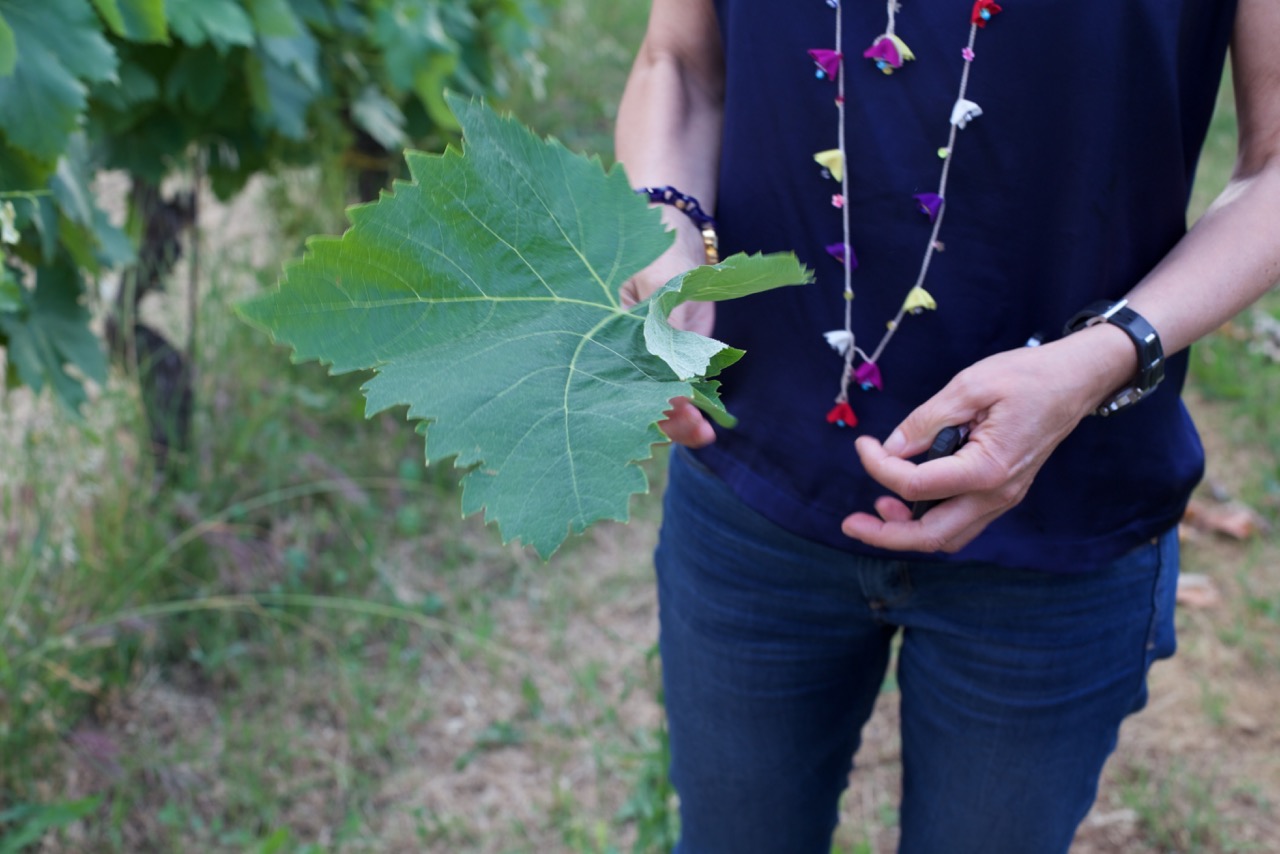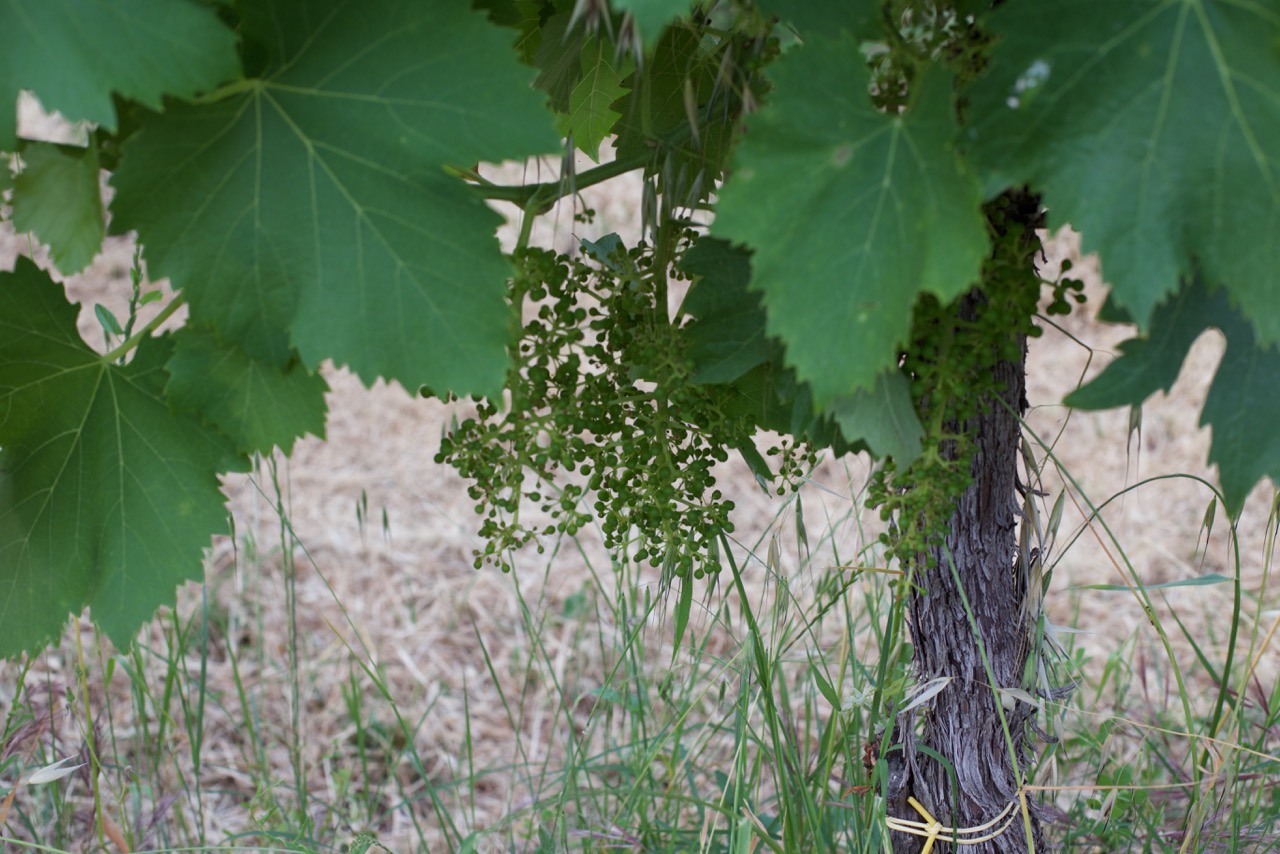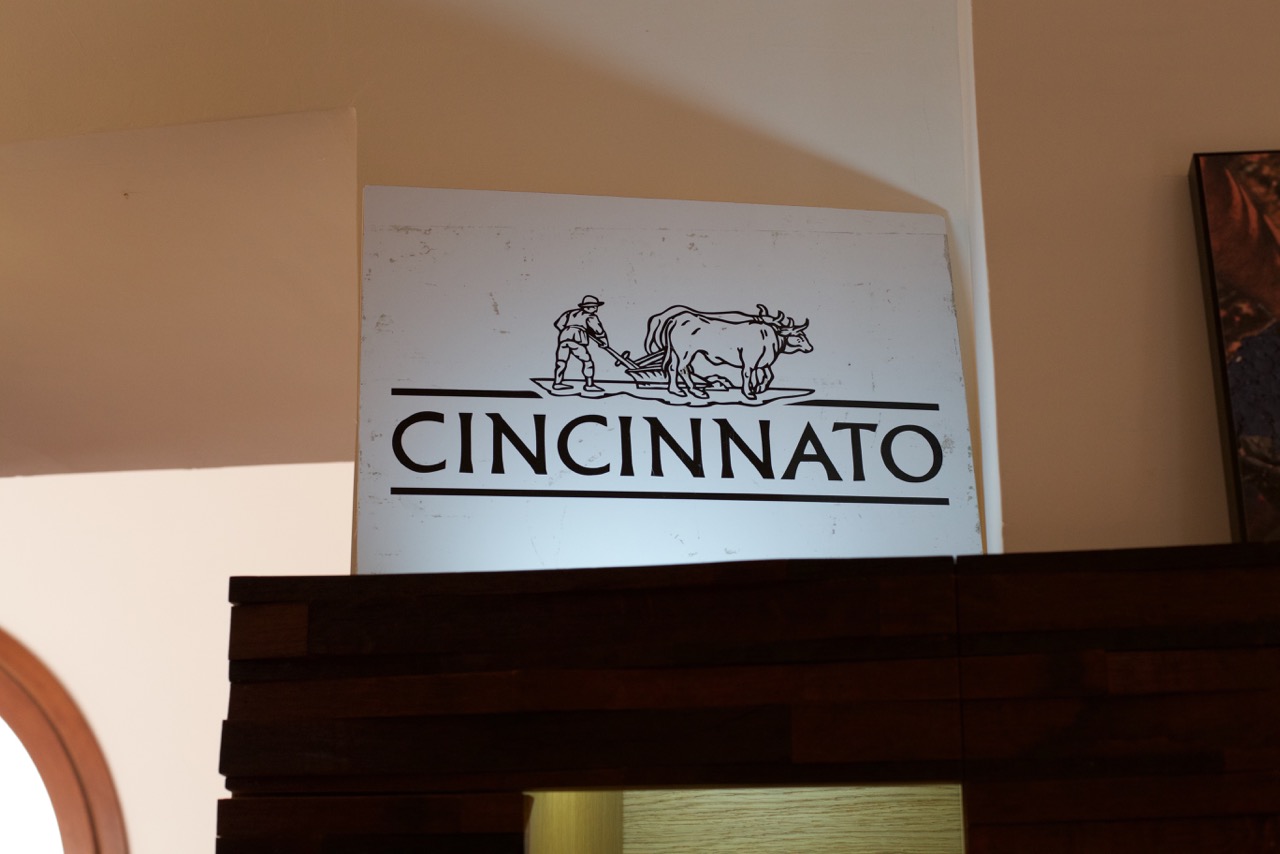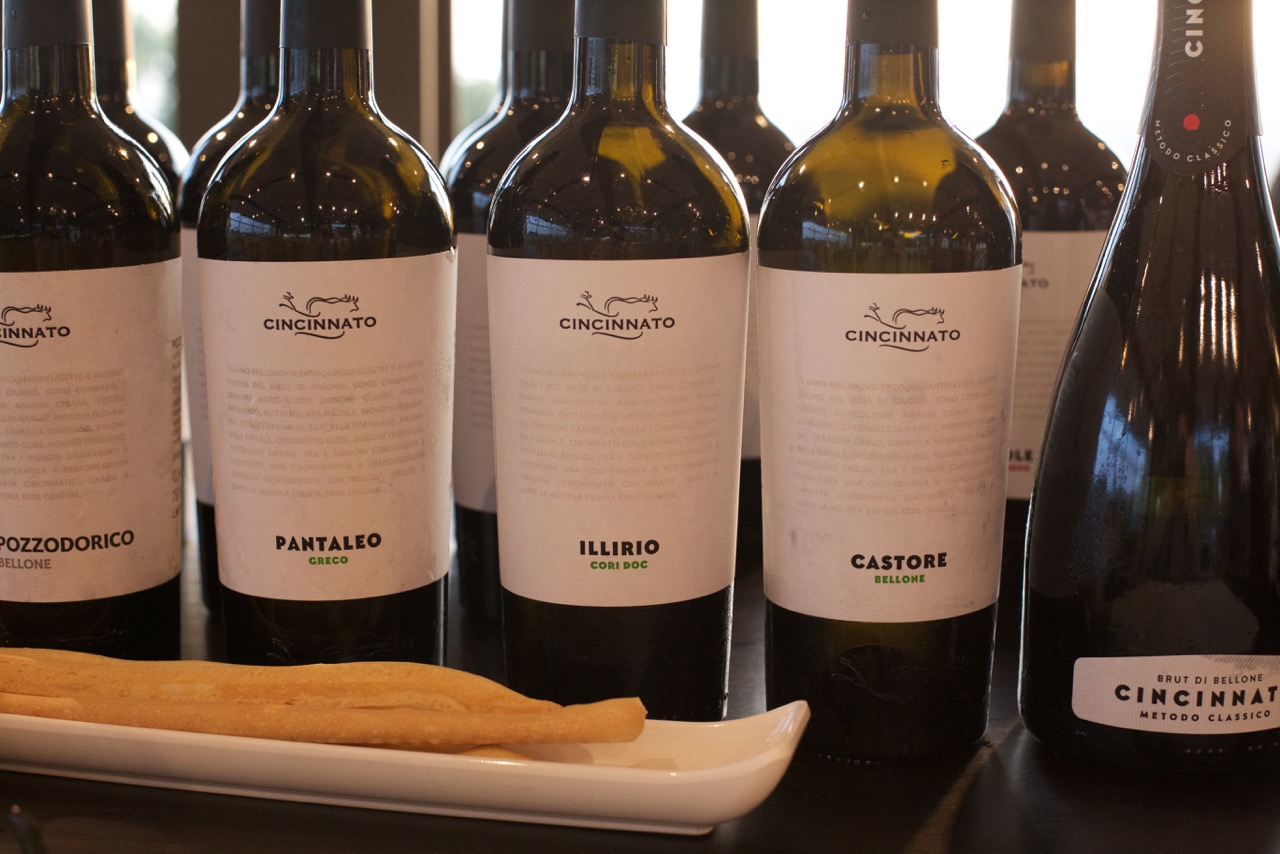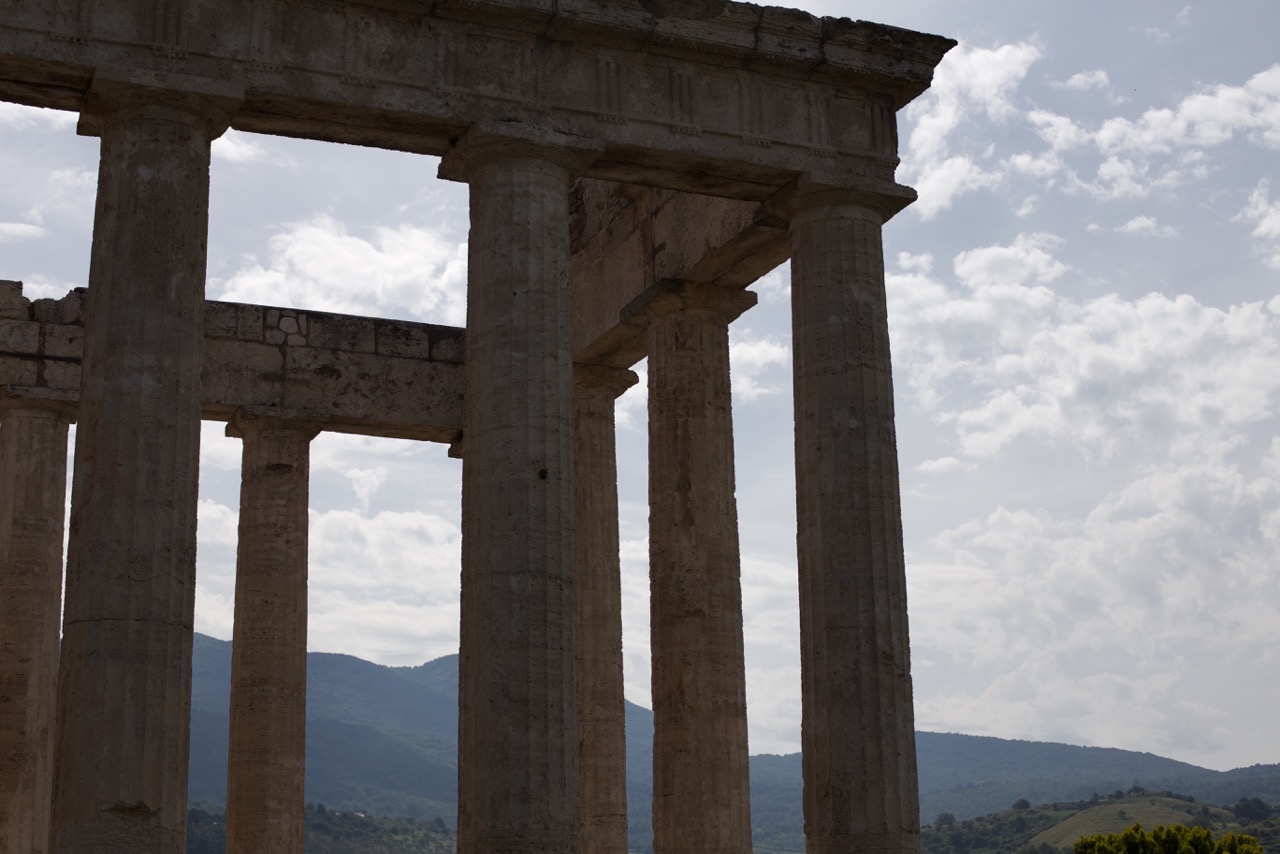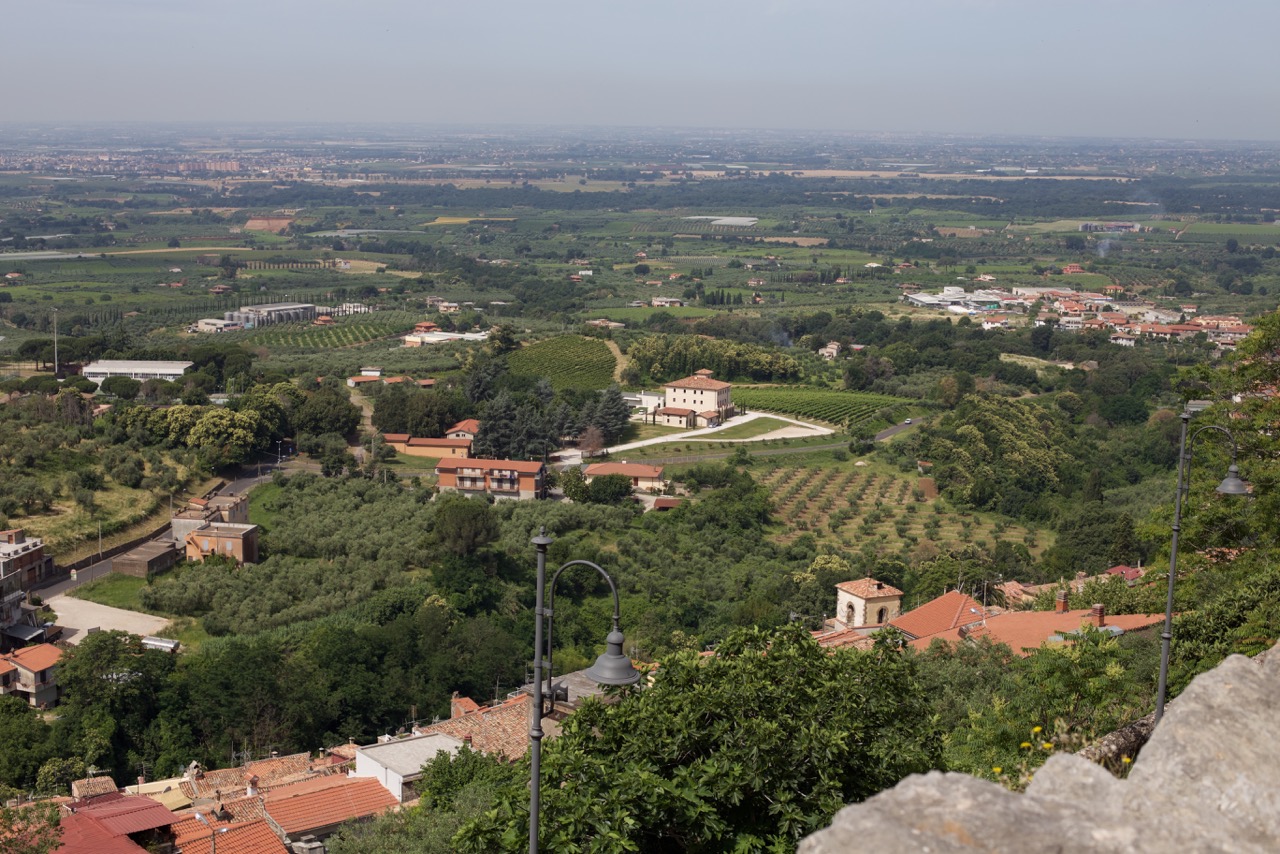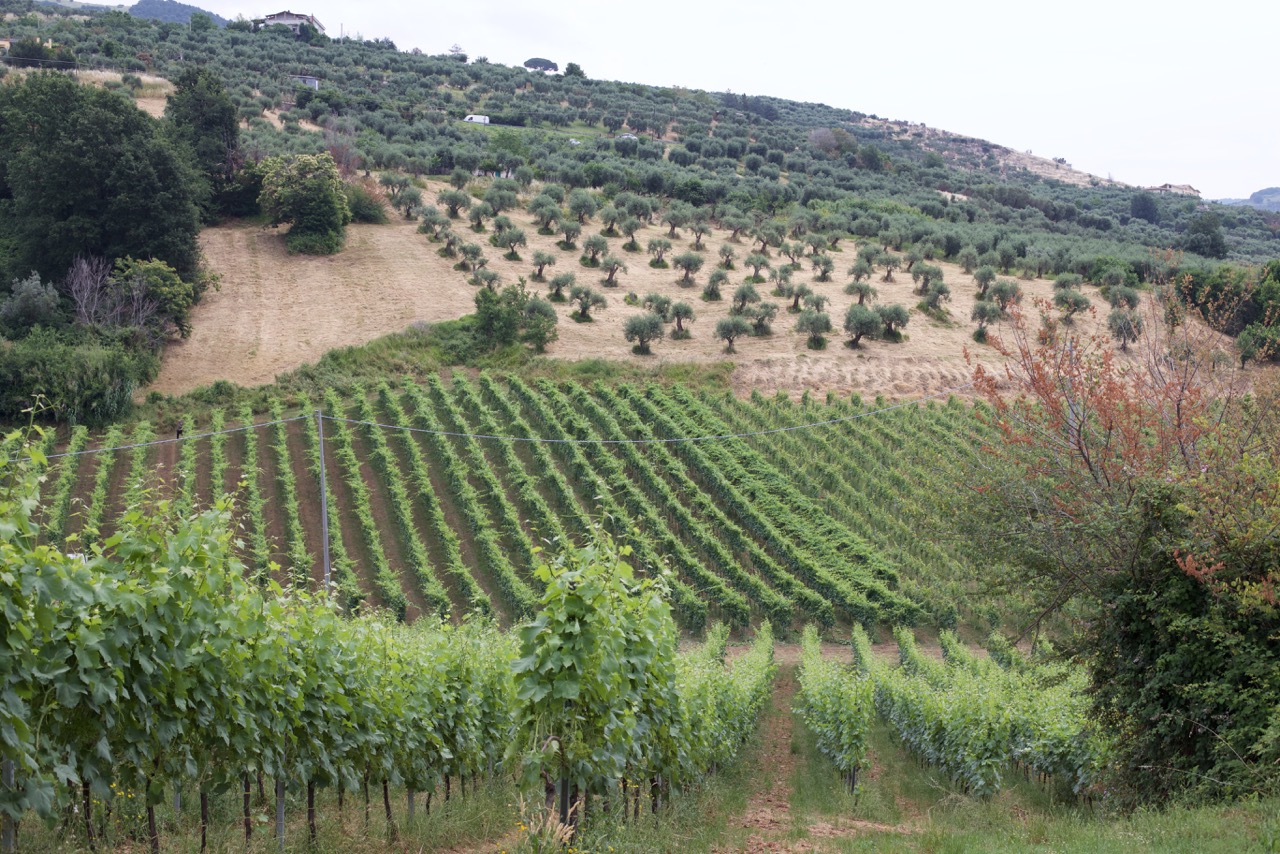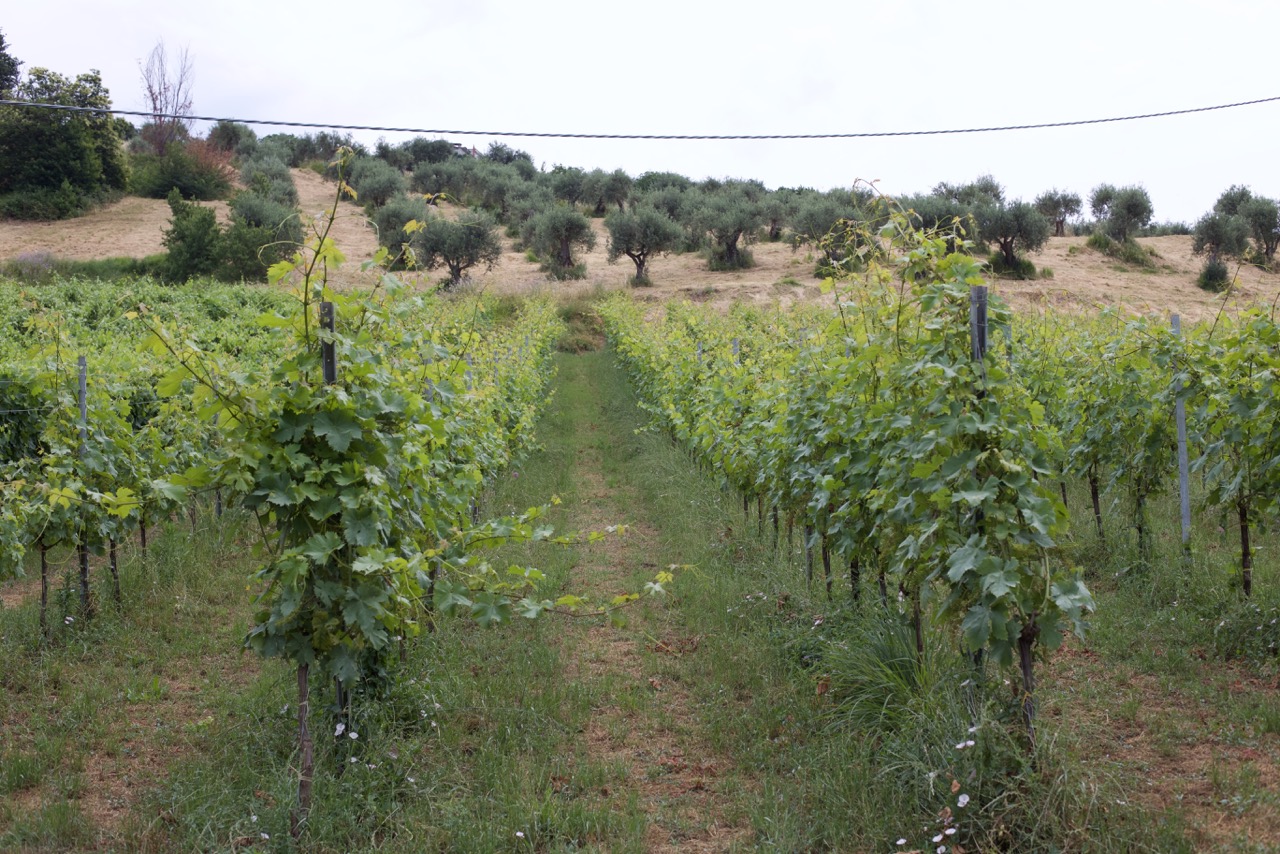Cincinnato
_____________________________________________
Small co-operative, preserving Roman winemaking history
Rigorous quality standards
Specialists in the region’s traditional varieties
_____________________________________________
About Cincinnato:
Well-run co-operative wineries can be an excellent source of high-quality, inexpensive wines, and the Cincinnato winery, founded in 1947 and named after the ancient Roman senator and farmer Cincinnatus, is a perfect example. This small co-operative (126 growers, with a total of 250 hectares of vines), located an hour south-east of Rome near the town of Cori, uses native grape varieties such as Bellone and Nero Buono to produce flavorful, distinctive, well-made wines at very tempting prices. Many growers are certified organic, and grape quality is encouraged with a strict set of parameters.
The soils here are reddish volcanic clays, found at between 100-250 meters above sea level. The Vulcano Latium, as the chain of volcanos is known, last erupted approximately 23,000 years ago and is now a regional park, and home to the summer residence of the Pope. A papal castle was established there in the 1600’s to provide respite from the sweltering temperatures in Rome. See a map here.
Bellone “…is an outstanding grape variety, one of the best in Italy today…The wine has a telltale luscious texture and juicy acidity…and delightful honeyed, citrus, and tropical fruit aromas and flavors.” (Ian d’Agata, Native Wine Grapes of Italy)
Along with Bellone, we also import a wine made with another local grape called Nero Buono. “Nero Buono (which means ‘good black grape’) can be the source of excellent, midweight wines. Legend holds that it was brought to the area of Cori, immediately southwest of Rome, by Cincinnato, the ancient Roman senator and farmer… There is no hard proof of this to my knowledge, though they beg to differ at Cincinnato…A good Nero Buono wine is grapey and vinous, light to medium bodied, with juicy black fruit and pleasant fresh herb aromas and flavors.” (Ian d’Agata, Native Wine Grapes of Italy)
_____________________________________________
The Wines:
‘Castore’ Bellone, IGT Lazio
The second is a still wine, the Bellone ‘Castore’. Named after the mythical twins Castor and Pollux, there is an ancient, pre-Roman temple dedicated to the twins in the nearby town of Cori which provided inspiration for the name. This wine is fermented and aged in stainless steel, no malo-lactic fermentation, and bottled in the spring following the vintage.
“Bright straw. Vivid aromas of apple, pear and nectarine complicated by botanical herbs. Then more fruit cocktail-like flavors in the mouth lifted by bright harmonious acidity. Finishes very long and fresh; this juicy, lively, fruity white is just about perfect as a picnic or Sunday brunch wine, but boasts sneaky complexity and concentration.” - Ian d’Agata, Vinous
‘Pollùce’ Nero Buono, IGT Lazio
This wine, named Pollùce, is a reference to the twin Pollux. Like the twins themselves, this wine mirrors the style of the Bellone. It is made entirely of Nero Buono, fermented and aged in stainless steel. This kind of savory, mid-weight red is a very versatile table wine; the aromas and flavors here are distinctive, slightly herbal in a Cabernet Franc kind of way, and very drinkable.
“Dark purple. Woodsy underbrush-dominated aromas of blackberry and soy sauce, with a bright violet topnote adding complexity. Then lively, crisp and juicy, with a strong mineral underpinning to the floral dark berry and Oriental spice flavors. Long suave and clean, this is an outstanding example of a Nero Buono wine.” - Ian d’Agata, Vinous
Cesanese ‘argeo’
Cesanese is perhaps the most well known native grape from Lazio (the province where Rome is located), and we’re excited about the addition of Cincinnato’s version to our portfolio. Their take on the variety is a distinctive, fruity, but appropriately tannic wine with a core of juicy plum and cherry fruit. Roman cuisine is all the rage and we love the Cesanese with cacio e pepe or amatriciana, but also many other dishes. Grilled meat comes to mind but also vegetables cooked with herbs like cardamom and cumin.
